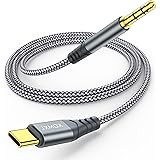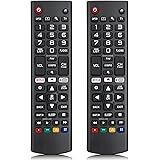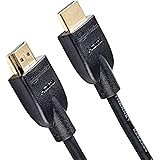Home Theater Wiring is the art of linking one piece of audio equipment to another in order to give a speaker system an amplified or near-amped sound effect to a media room or television room. When done correctly, home theater wiring will create an extremely immersive experience for viewers. The best part is you can do almost any design, color, size, and shape you want.

Before home theater wiring is installed, it must be determined if your home theater components will operate with only one source or if they need two or more sources. Today’s most popular home theater devices have around six speakers, including a subwoofer for powerful bass, midrange speakers to handle the sound for the remaining frequencies, and an individual speaker for the main stereo sound. Most systems are set up so that each speaker can be connected to the appropriate source. In some cases, separate devices, such as computers or DVD players, can be used as source devices.
Installing home theater wiring begins with finding the correct type of cables and connectors to use for the devices you intend to use. If you plan on connecting your speakers to your television, the common types of cables used are Cat 6A/Cable Plus, Fiber Optic Cables, Audio Cable, Digital Audio Interconnects (DAIs), and Multichannel Cables. If your speakers will be connected to your computer, you will need multi-channel audio cables, digital optical cables, PC interface cables, and Ethernet networking cables. There are also specialized cables available for high resolution video devices like televisions and projectors.
Once you have decided which devices you intend to use, the next step is to figure out where to run your home theater wiring. If you’re using speakers and a television for your surround sound experience, you will want to run the wiring from the speakers to the TV. For the audio experience, you will want to run the wires from the speakers to the AV receiver. You will need to determine how many speakers will be installed in each room to determine where the cable will go. Remember, if you have a large TV, you will need to connect the audio cables to more than one hub to allow for the number of speakers you have in each room.
Your next step in planning your home theater wiring setup is to decide what devices you will actually use with your TV, DVD player, and other devices. If you don’t plan on connecting any devices to your TV, you can simply connect all your devices to the DVD player or your TV itself. If you plan on using a DVR, make sure that all the DVR components are properly installed with your TV. If you want to record your own shows or movies, you will need to make sure you have enough wire running from the source of your DVD player to the recorder itself. Once you have your devices hooked up and your home theater wiring plan ready to go, it’s time to move your equipment around.
You’ll want to run all of your wiring from the source of your DVD or Blu-Ray player through the wall to the AV receiver. This will ensure that your devices are connected and that nothing is left out. Remember, if your home theater wiring goes to the wall, you must make sure that there is not a load above it. If there is, the cables could become damaged when they try to get back up again. Also, if your equipment changes directions and you have to re-route some wires, make sure you follow the directions carefully so that your devices don’t end up getting hit or blocked in the process.









